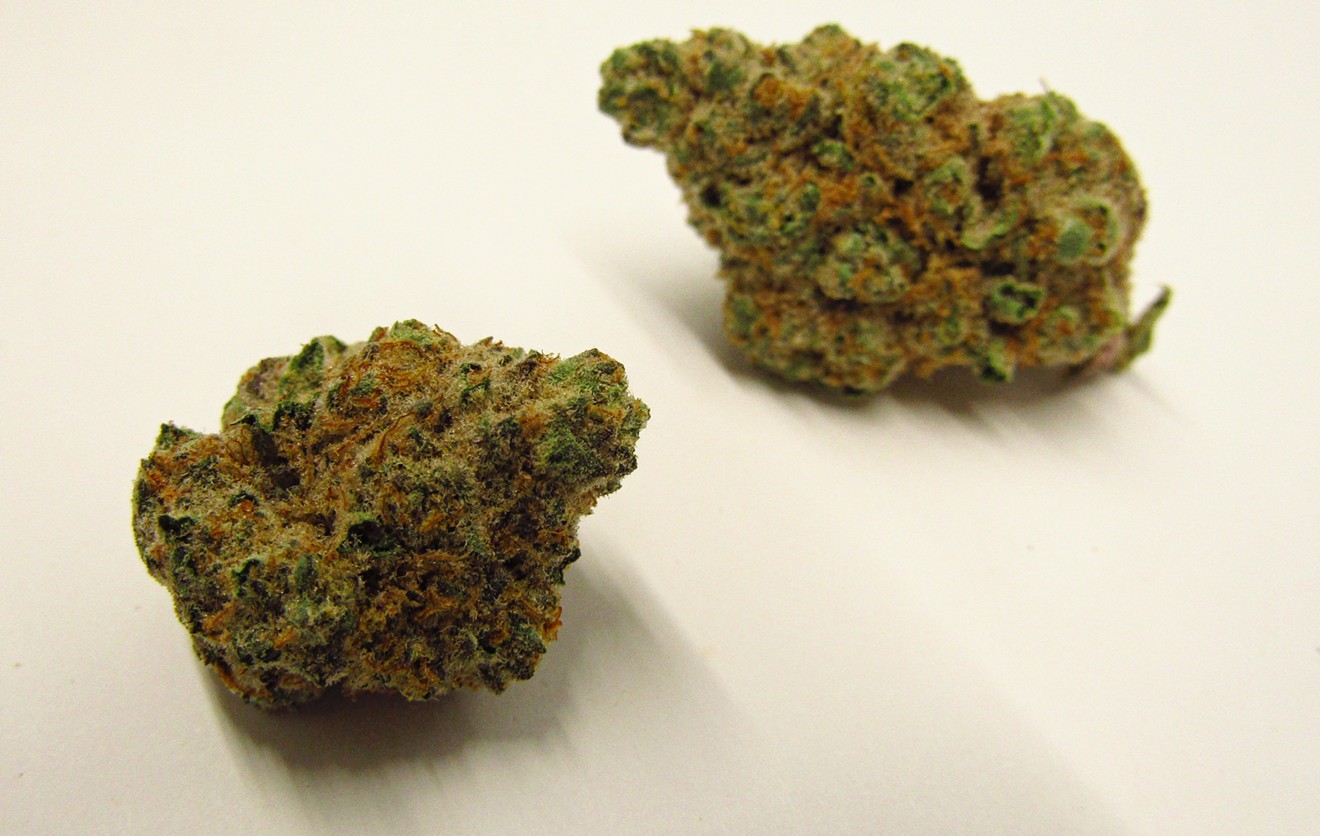point break strain

Understanding Point Break and its impact on surfing
Point Break Strain is a term used in surfing to describe the unique conditions created by the geography of a particular coastline. Understanding how Point Breaks work and their impact on surfing can greatly enhance your skills in this sport. A Point Break occurs where waves break over a rock or sand point, causing them to break consistently and peeling down the line in one direction. This creates a longer ride for surfers, giving them more time to perform maneuvers and showcase their abilities. It is essential to take note of factors like swell size, wind direction, and tidal movements when navigating Point Breaks.
When surfing on Point Breaks, you will likely experience challenges unique to this type of wave. The long rides can lead to crowded line-ups as more experienced surfers take advantage of the ideal conditions. It can also be challenging for beginners who struggle with positioning on the wave since Point Breaks require riders to stay higher up the face than other waves before making turns. Furthermore, surfers must understand how currents work in these areas as they move along the coast and can impact your ability to catch or maintain a wave.
While there are risks involved in surfing any type of break, mastering Point Break Strains offers rewarding opportunities for those with sufficient skill levels. For example, at Jeffreys Bay in South Africa’s Eastern Cape Province, which is known for its world-class waves included Supertubes — an excellent example of an exceptional right-hand point break that draws droves of pro-level surfers from around the globe each year.
In 2015, professional surfer Mick Fanning was attacked by a great white shark during competition at Jeffreys Bay but miraculously escaped unharmed. This incident highlights the potential dangers associated with surfing such high-performance breaks – yet another reason why understanding Point Break Strains is critical for anyone wanting to surf big waves safely and effectively.
“Point Break Strain: the perfect storm of ignorance, ego, and poor decision-making.”
Factors contributing to Point Break Strain
To explore the factors that contribute to Point Break Strain, we must inspect several elements that play a significant role in this phenomenon. These factors involve aspects such as the surf spot’s current strength, wave height, wind direction and speed, swell period, water temperature, and the surfer’s level of experience.
The table below highlights some key contributing factors to Point Break Strain. It also includes associated consequences for both seasoned and novice surfers who brave these waves.
| Factors | Consequences |
|---|---|
| Strong Currents | Potential drowning incidents |
| High Wave Heights | Increased risk of injury from impact or being held underwater |
| Unexpected Wave Direction Changes | Difficulty predicting wave patterns |
| Swell Period | Variation in wave consistency and frequency |
| Cold Water Temperatures | Risk of Hypothermia; lessened ability to swim efficiently |
| Inexperienced Surfers/New Surf Spots | Possibility for misjudging conditions resulting in injury or discomfort |
It’s worth noting that Point Break Strain can lead to temporary or permanent physical damage if not managed correctly. An example is developing Repeated Motion Syndrome (RMS) from overuse of particular muscles or joints due to repetitive motion during surfing. Stretches before and after sessions can aid in preventing this.
Finally, thorough preparation before each surf session is an essential preventative measure against Point Break Strain. One should research the surf spot’s weather and oceanic conditions ahead of time to prepare their body accordingly. Ensuring adequate rest beforehand can increase endurance levels too. Taking into account any pre-existing medical conditions is critical as they may exacerbate point break strain symptoms.
Point Break Strain: Making you feel like you’ve been hit by a wave of pain, but without the sandy beaches and piña coladas.
Effects of Point Break Strain on the body
The Point Break strain has far-reaching effects on the human body. This potent strain delivers an initial uplifting euphoria that spreads throughout the entire body, promoting a sense of relaxation and comfort. Moreover, it is known to alleviate chronic pain, nausea and tension while enhancing appetite and sleep. Its high concentration of THC can induce mild anxiety or paranoia in some individuals.
Those using Point Break should take care about its sedating effects that may impair their cognitive ability adversely. The strain is deemed ideal for night-time use and when taking up relaxing activities such as meditation or yoga.
Anecdotal evidence shows that one user had reportedly named the strain after being inspired by surfing films featuring Johnny Utah’s daredevil adventures. He claimed the waves were always worth the break-points he encountered; thus pointing out the name “Point Break”.
Don’t let point break strain break you – take preventative measures before you wipe out!
Preventing Point Break Strain
Preventing Strain on Point Breaks: A Professional Guide
Using proper techniques during physical activities can prevent strain on the body, especially when it comes to point breaks. Here’s a four-step guide to preventing such strain:
- Warm-up and Stretching: Begin your activity with warming up and stretching exercises.
- Proper Body Posture: Practice proper body posture during physical activities by keeping your back straight.
- Take Breaks: Take frequent breaks during the activity to allow your muscles time to rest and recover.
- Strengthen Your Muscles: Strengthening your muscles can help protect them from potential injuries. Incorporate strength training into your routine.
In addition to these steps, it’s essential to listen carefully to your body. If you start feeling fatigue or pain, take a break and seek medical attention if necessary.
Point Break strains can have serious consequences, as demonstrated by a true story of a surfer who failed to heed warning signs of excessive strain and suffered long-term consequences. Therefore, following proper techniques is vital for protecting yourself during physical activities.
When it comes to recovering from Point Break Strain, just remember: No pain, no gain. And also, no surfing for a while.
Recovery and Rehabilitation after experiencing Point Break Strain
In the aftermath of Point Break Strain, recovery and rehabilitation are critical. A customized program must be designed to recover lost functions such as physical, psychological, and occupational activities. The program should also include therapeutic exercises, medication, counseling, and lifestyle changes.
During the recovery process for Point Break Strain patients, it is essential to develop a positive attitude that fosters a lifelong commitment to health and well-being. Utilizing multiple resources such as support groups, community outreach services or home-based care can accelerate the healing process.
In addition to traditional methods like physical therapy and medication, alternative therapies may also prove useful in treating Point Break Strain patients. Some examples of these therapies may include but are not limited to acupuncture or herbal remedies.
Heather was diagnosed with Point Break Strain after an offshore sustained heavy wave attack’s wipeout incident. She underwent prolonged rehab diligently for almost a year and regained her confidence while being determined throughout her journey towards optimum health. Her story serves as an inspiration for those recovering from similar experiences.
Surfing is all about finding the perfect wave, but without managing Point Break Strain, it might just be finding the perfect way to break your body.
Conclusion: The importance of understanding and managing Point Break Strain for surfers and water sports enthusiasts.
Point Break Strain management is critical for surfers and water sports enthusiasts. Being aware of the strain, understanding its various types, and implementing preventive measures can help water sport lovers have an uninterrupted and exhilarating experience without any physical injuries. The significance of this awareness cannot be overstated since point break strain can cause pain and discomfort to athletes, resulting in them being out of action for extended periods. Proper management techniques can ensure that individuals continue to enjoy their passion without interruption.
One key strategy towards managing point break strain is regular stretching and warm-up exercises before hitting the waves. Additionally, athletes need to acquire adequate knowledge of surf etiquette, such as choosing proper timing when paddling out, which minimizes collisions with other surfers that may lead to point break strain. Another crucial aspect is proper posture while surfing – improper form puts excessive pressure on particular body parts, leading to sprains or strains. Understanding how different wave types impact your body and equipment also helps avoid unnecessary risk while navigating challenging waters.
Very few people know that point break strain has been documented since the ’70s, citing the emergence of modern-day surfing trends in California. It continued with increased significance across global beaches due to its roster extension to windsurfing enthusiasts and other water sports activities brought interest from a broader audience into its forefront. As a result, it has received much attention as a unique type of soft tissue injury special for surfers over the past five decades.
Frequently Asked Questions
Q: What is point break strain?
A: Point break strain is a type of marijuana strain that is known for its intense cerebral effects, uplifting mood and energy, and strong physical sensations. It is named after the surfing term “point break,” which refers to a specific type of wave that breaks in a consistent and predictable way.
Q: What are the effects of using point break strain?
A: Point break strain typically produces an intense and creative high that is both energizing and uplifting. It can also produce strong physical effects and a sense of relaxation. This strain is known to be particularly effective for treating stress, anxiety, depression, and pain.
Q: What is the average THC content of point break strain?
A: The THC content of point break strain can vary depending on the specific strain and growing conditions. However, it typically has a THC content of between 18% and 22%, making it a relatively potent strain.
Q: What is the flavor profile of point break strain?
A: Point break strain typically has a strong and crisp citrus flavor with notes of pine and earthiness. It also has a pleasant and aromatic scent that is both uplifting and energizing.
Q: What are some of the potential side effects of using point break strain?
A: While point break strain is generally well-tolerated, some users may experience side effects such as dry mouth, dry eyes, dizziness, and paranoia. It is important to start with a low dose and slowly increase your intake to avoid these side effects.
